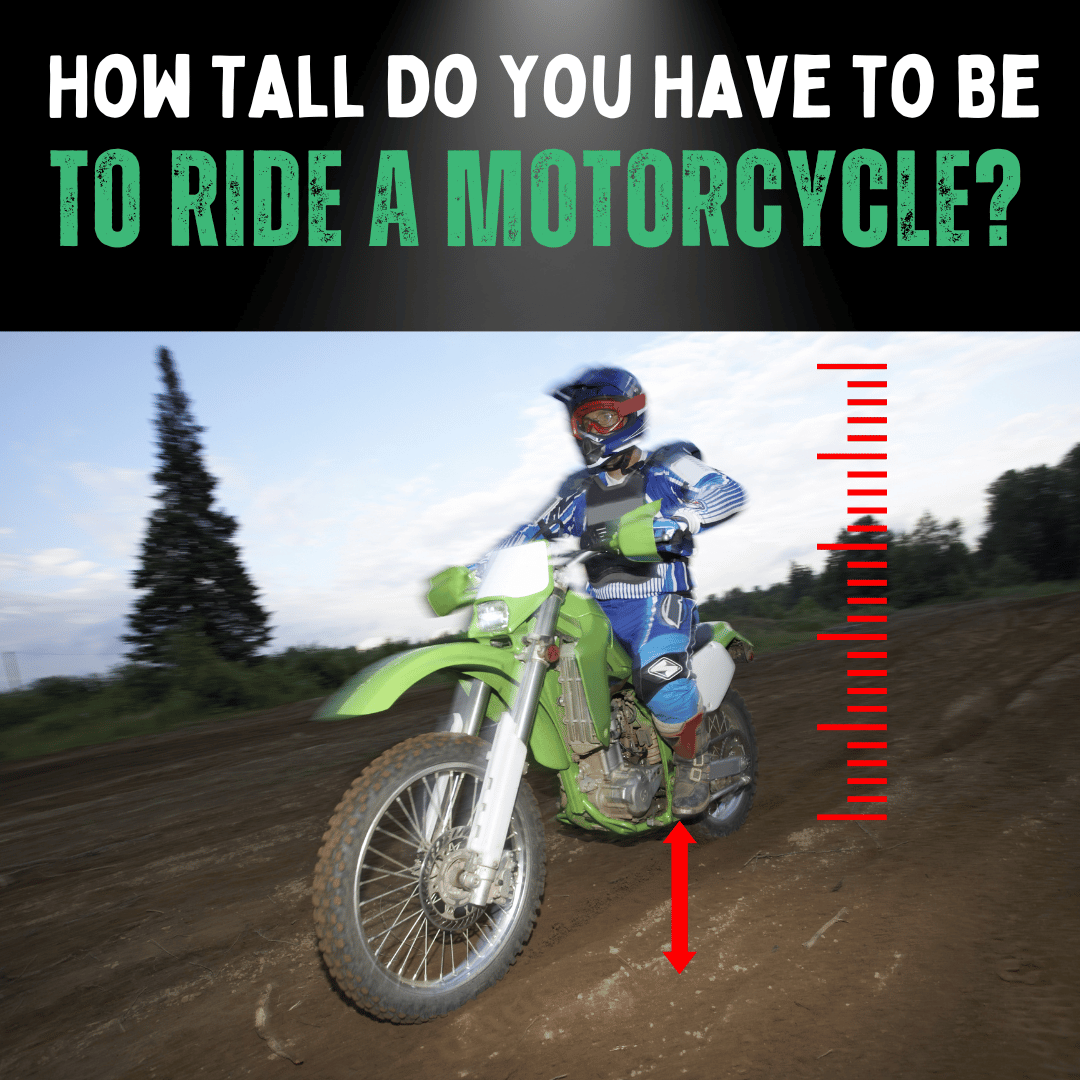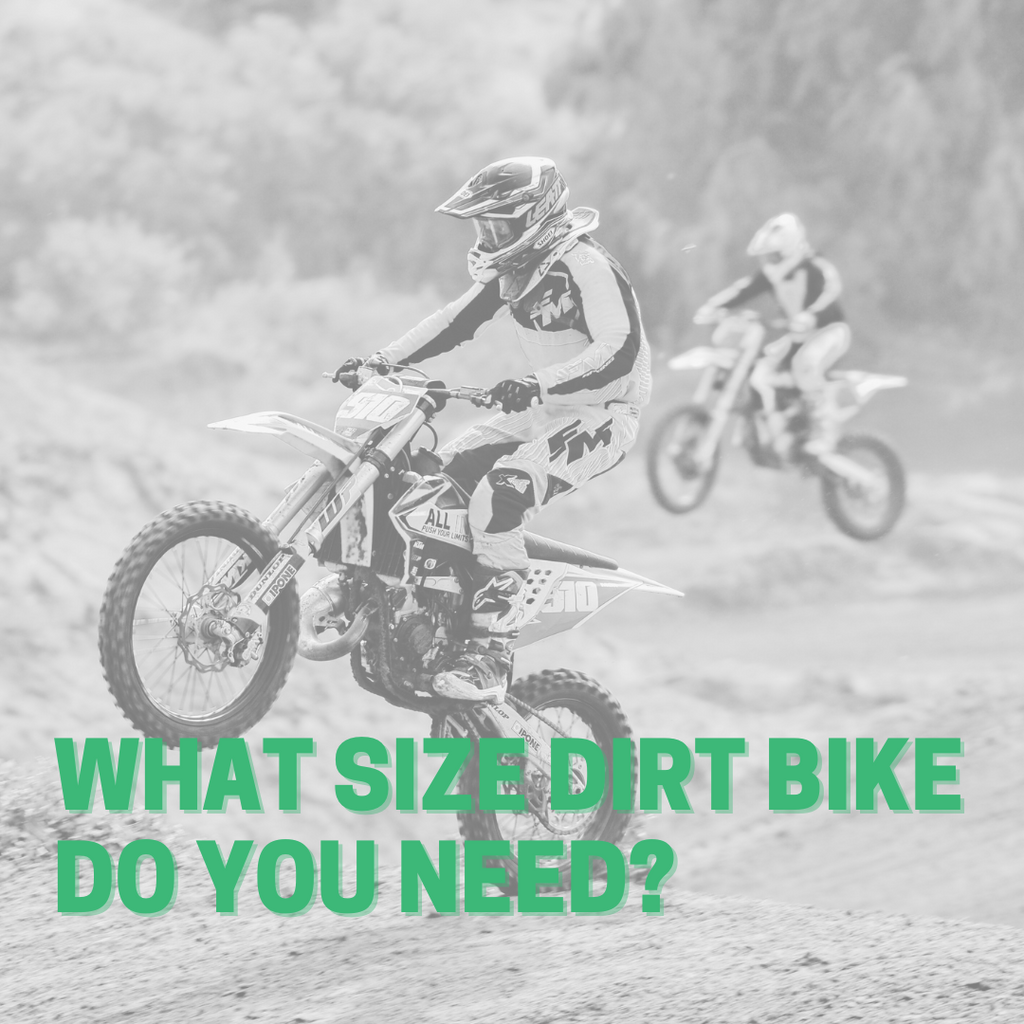
Published: August 23, 2023
Updated: March 24, 2025
Eyeing that sleek motorcycle but wondering, “Am I tall enough?” Relax—there’s no height police on the open road.
This 2025 guide cuts through myths and shows what really counts: balance, seat height, and bike fit.
No strict height requirement exists for riding a motorcycle. It’s all about touching the ground with your toes or balls of your feet for balance. Pick a bike with the right seat height for your size!
Why Touching the Ground Matters
Balance Is Key
Imagine stopping at a light and barely reaching the ground. Wobbling isn’t fun—or safe.
Touching down with your toes or feet keeps you steady and avoids tip-overs.
Stops and Starts
At stops, your feet are your stabilizers. Firm footing means better control and no awkward spills.
Seat Heights and Bike Types
What’s Seat Height?
Bikes vary widely—touring models suit 5’8” to 6’ riders, but options exist for all heights. Seat heights range from 27” to 34” typically.
Make It Fit
Lowering kits, shaved seats, or adjusted suspensions can tailor any bike to you. It’s your ride—make it yours.
- Lowering Links: Drop seat height 1-1.5” (affects cornering clearance).
- Shaved Seat: Trim 1-2” off foam for a snug fit.
- Risers: Bring handlebars closer by 1-2”.
Note: Consult a pro—big changes can tweak handling.
Best Bikes for Shorter Riders
Top Picks
Shorter? No problem. These bikes keep your feet grounded:
- Honda Rebel 500: 27.2” seat, light and easy.
- Kawasaki Vulcan S: 27.8” seat with adjustable ergo-fit.
- BMW G 310 R: 29.1” with lowering options.
Why It Helps
Low seats boost confidence at stops and slow speeds. Related: What Size Dirt Bike Do You Need?
Tips for Taller Riders
Your Challenges
Tall riders face cramped legs or low clearance. A comfy fit matters.
Top Picks
- BMW R 1250 GS: 33.5” seat, roomy for legs.
- Ducati Multistrada V4: 33.1-33.9” adjustable seat.
- KTM 1290 Super Duke R: 32.9” seat, spacious.
Adjust with risers or lowered pegs for extra legroom.
Common Mistakes to Avoid
- Looks Over Fit: Don’t pick style over comfort.
- Ignoring Weight: Heavy bikes are tough to handle if too big.
- No Test Ride: Always sit and ride first.
The Sit Test
Sit on the bike. Can you touch the ground with both toes? If yes, you’re golden.
It’s all about feeling secure—not meeting a height rule.
Gear for Your Height
Fit Matters
Loose helmets or tight jackets hurt safety. Get gear that fits.
Short Rider Tips
- Thin-soled boots for better reach.
- Short-cut jackets to avoid bulk.
Tall Rider Tips
- Extra-long pants and jackets.
- Tall boots for shin coverage.
Conclusion
Height’s no barrier to riding. Focus on balance, seat height, and fit—not a magic number.
Find your perfect bike and hit the road with confidence in 2025!
FAQs
Does weight affect height needs?
Height’s flexible, but heavier riders may need sturdier bikes. Match weight to frame strength.
Any bikes made for shorter riders?
Yes, models like the Honda Rebel 500 offer low seats for easier control.
Can I tweak a bike for my height?
Absolutely—adjust seats or handlebars for a custom fit.
What about kids?
Kids need smaller bikes with low seats for both feet to touch down.
Ready to Ride? 🚀
Loved “How Tall Do You Have to Be to Ride a Motorcycle?” Want more bike insights?
Explore ride-on fun at RiiRoo.com or chat with us live!






Share:
Get The Right Motorcycle Helmet Fit
Why Are Off-Road Helmets Different?